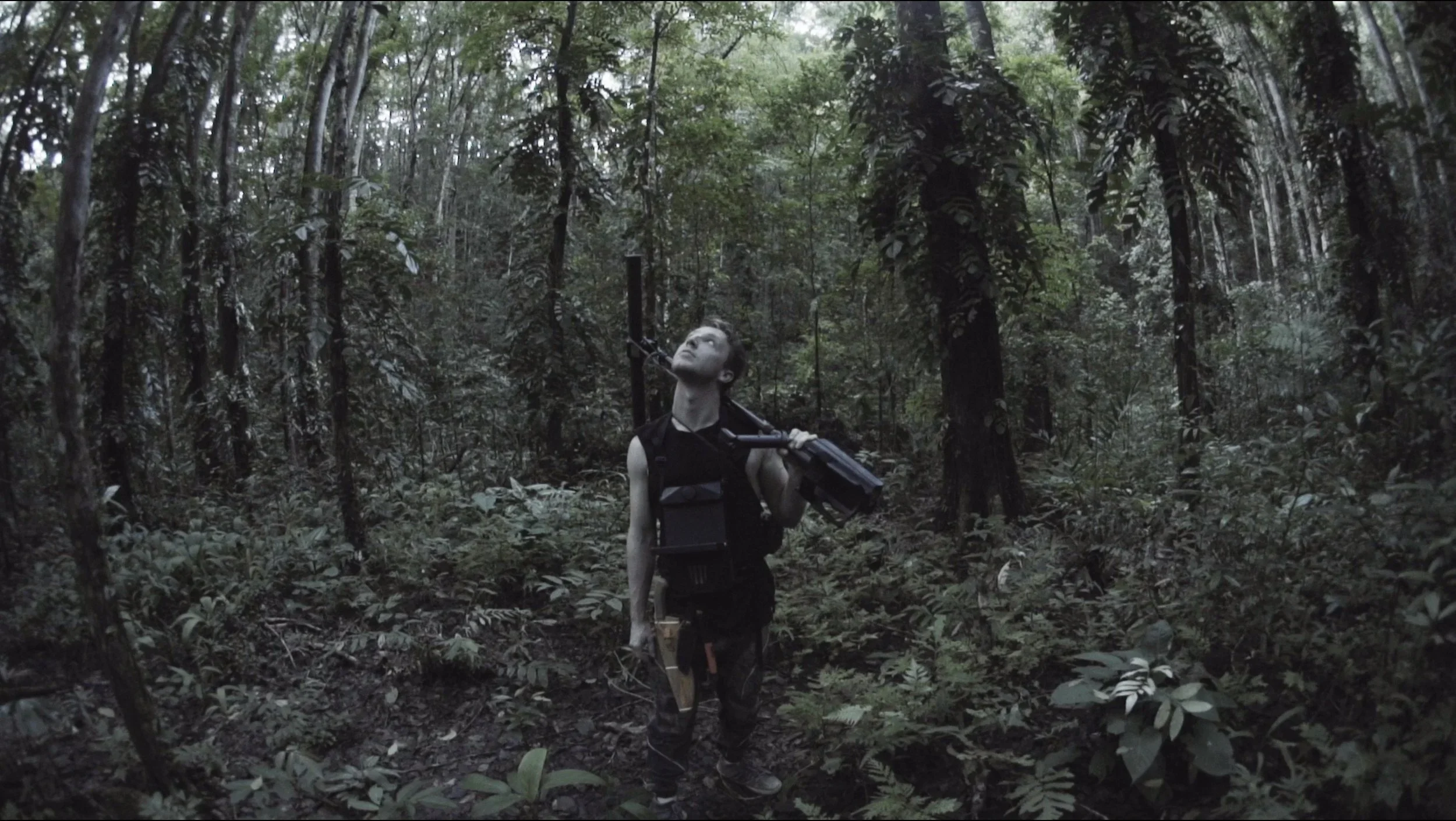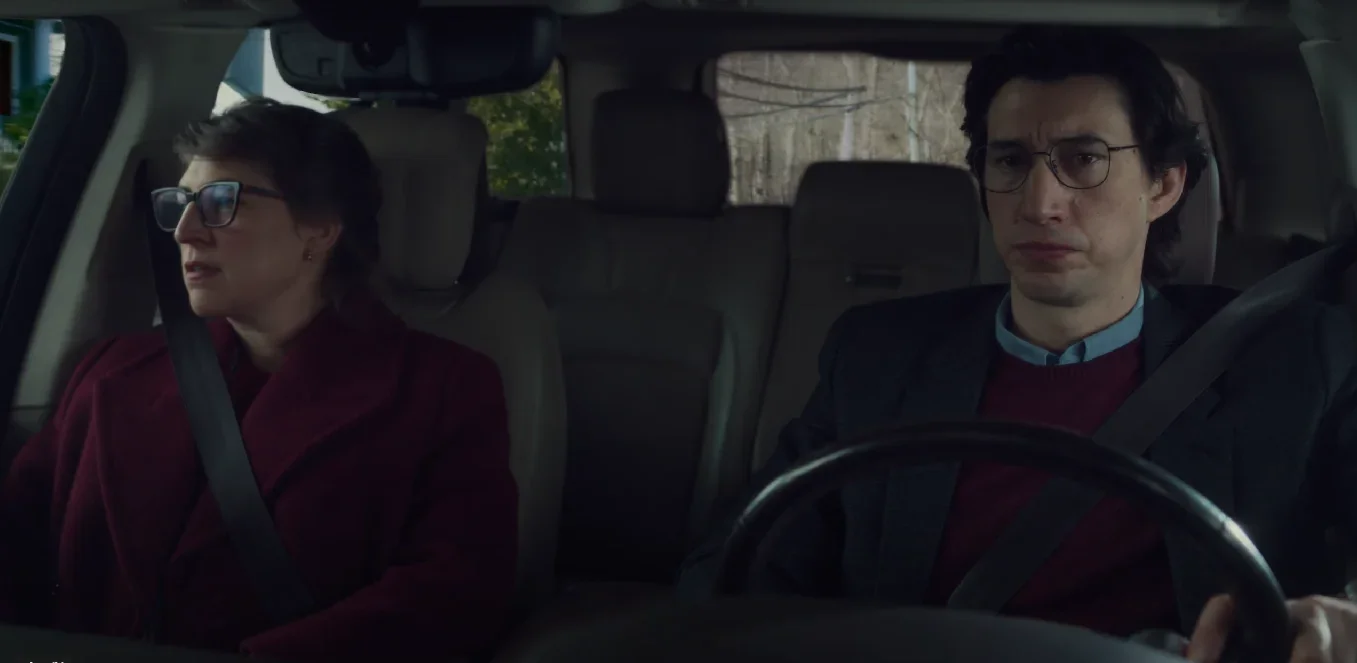‘Columbus’ REVIEW: The architecture of happiness
‘Columbus’ REVIEW: The architecture of happiness
Casey (Haley Lu Richardson) and Jin (John Chu) during one of their walks around the titular city Columbus.
In a lethargic town that also happens to be the Mecca for architecture, a man named Jin (John Chu) takes a drag as he ambles through a bridge with his newfound friend Casey (Haley Lu Richardson). “This isn’t the movies,” he murmurs. “Nothing’s going to happen.” Oddly enough, those eight words have the entire movie condensed. Kogonada’s 2017 directorial debut Columbus is not your Hollywood fastball; it’s a meandering, yet painfully devastating, walk in the park.
It’s a simple story: Jin, the stoic and estranged son of a prominent Korean-American architect, flies to Columbus when his father (Joseph Anthony Foronda) falls into a coma. During his stay, he befriends Casey, a naïve local librarian with a passion for architecture. The two tour around the modernist structures sprinkled all over the city, with Casey spouting facts about her beloved buildings while Jin listens. As they warm up to each other, it’s revealed that they’re both wading through the roughest patches of their lives: Casey struggles with having shrunk her dreams to care for her mother (Michelle Forbes), a recovering drug addict, while the reluctant Jin tries to cross the gulf between himself and his father. Each other’s foils, Jin and Casey explore what it means to be happy, bumping into a buffet of personal themes along the way, from family to friendship to the bittersweet price of chasing after your dreams.
Casey and Jin in a car.
The two-people-walk-around-and-talk-about-life trope is pretty old, but Columbus stands out because of how mundane it is. Haley Lu Richardson and John Chu’s chemistry could have easily devolved into racy romantic tension; instead, it’s laced with platonic warmth, with an occasional clumsiness that true friendships have. Not to mention the fact that their performances are heartbreakingly earnest, especially on the part of Richardson who communicates Casey’s tug-of-war between passion and restraint just through the French windows of her eyes. Really, Columbus’ strength is in how grounded it is. The characters dream, but we’re always reminded that, like us, their dreams are constrained by circumstance. There’s no escapism here à la the Before trilogy. The mundane is not something to escape from.
Kogonada’s meticulousness as a director also stands out. Although the low-budget indie scent wafts over immediately, it never feels like a limitation; the constraints brought about by limited sets and numbered shooting days complement Columbus’s self-contained narrative. Kogonada also maintains a careful grip on his story, allowing us to luxuriate in the smallness of everyday conversations and the loaded silences in between, so that when the film moves to a crucial plot point, something as innocent as a phone call or a camera glide becomes overwhelming. His eye for postcard-perfect compositions helps him out here. A good bulk of the film is made up of long shots, with ant-sized characters juxtaposed against monuments that take up three-fourths of the frame. His shots are precise, his takes long, and his cuts economical, but the distance his camera takes never comes off as detached. Columbus invites you, hidden hurts and all, to enter its barren spaces.
The film’s visual language owes a lot to big arthouse directors (no surprise there; Kogonada cut his teeth as a video essayist analyzing the works of Wes Anderson, among others, before becoming a filmmaker). In turning architectures into hangers that characters attach meaning onto, Kogonada draws from Michelangelo Antonioni’s La Notte, replacing the hopelessness of his flat-planed buildings with warmth. More than anyone, though, Kogonada borrows the most from Yasujiro Ozu. Not only do they have a penchant for contained narratives as well as the same visual style (eye-popping colors and a distant, static camera), but they also share the same thematic preoccupations from provincial blues to the self vis-à-vis cultural and personal expectations of the family.
Casey and Jin in a church.
This meticulousness extends even to the sound. Like his visuals, Kogonada often uses sound as a bridge between different scenes. Much can be said, though, against the film’s sound mixing, which keeps voices low and murmuring, sometimes to the point of inaudibility; however, it’s an undeniably intentional choice. The gentle cadence of Jin and Casey’s back-and-forths contrasts nicely to Hammock’s ambient/post-rock score, which floods the film during key scenes. At some points, Kogonada even mutes his characters only to replace their voice with Hammock’s wordless score, as though their words have transcended to song.
Well-crafted and genuinely personalmovies are hard to come by these days, which makes this movienothing short of a miracle. Where sugar-charged Netflix flicks want our attention spans on hyperdrive, Columbus gestures to what we’ve ignored for far too long: the chirping birds, the awkward silences, the swirl of worries and longings and noise within us. At some point, one of Casey’s friends asks her (and by extension, us): are we losing interest in everyday life, in the things that matter? Thankfully, the film doesn’t leave us hanging. For one hundred sweet minutes, it takes our hands and immerses us into the stunning, heartbreaking world of the everyday.
















